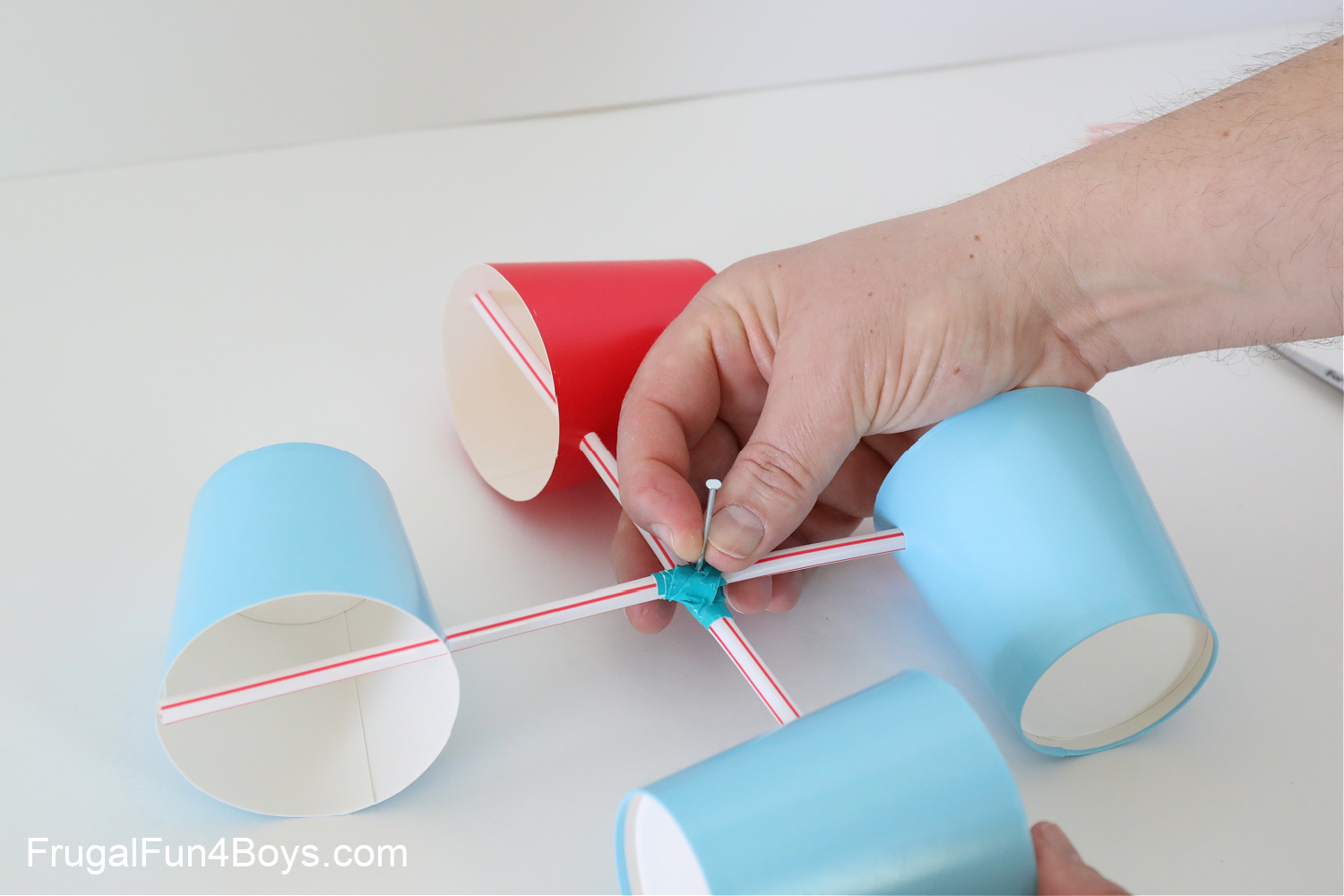Leading Attributes to Look for in an Effective Anemometer for Accurate Wind Measurement
Leading Attributes to Look for in an Effective Anemometer for Accurate Wind Measurement
Blog Article
All You Required to Learn About Anemometers: Just How They Work, Why They Issue, and Where to Use Them
Anemometers, however frequently ignored in the world of clinical tools, play an essential function in different areas, supplying beneficial insights into wind speed and airflow patterns. As we dig into the ins and outs of anemometer modern technology, we will certainly reveal the internal operations of these tools, their significance, and the essential factors to consider when picking the best anemometer for certain applications.

Anemometer Essentials
A vital instrument utilized to measure wind rate and direction, the anemometer plays a vital function in weather forecasting and different industries. An anemometer normally consists of three or 4 cups that rotate in the wind, a vane that directs into the wind, and sensing units to track the motions or rotations.
There are various types of anemometers readily available, consisting of mug anemometers, vane anemometers, hot-wire anemometers, and sonic anemometers, each with its special functions and applications. Mug anemometers are generally used for basic wind speed measurements, while vane anemometers are favored for directional dimensions. Hot-wire anemometers are ideal for low airspeeds, and sonic anemometers are excellent for high-precision dimensions in study and commercial setups. Comprehending the essentials of anemometers is crucial for precise wind information collection and evaluation throughout different industries.
Principles of Anemometer Operation
Building on the foundational understanding of anemometer essentials, the principles of anemometer operation clarify the auto mechanics behind wind speed and instructions measurements. Cup anemometers, for circumstances, have three or even more cups that capture the wind, creating them to rotate faster as the wind rate boosts. Hot-wire anemometers count on a warmed wire that cools down as wind passes over it, with the price of cooling establishing the wind speed.
Significance of Anemometers
Anemometers play a vital function in determining wind speed and direction, giving important information for weather projecting, environment researches, ecological tracking, and air travel operations. Meteorologists rely on anemometers to gather exact wind information, assisting them understand weather patterns, predict tornados, and concern timely warnings to the public. Wind ranch operators use anemometers to assess wind problems and make the most of power production from wind turbines.
Applications Throughout Numerous Industries
In the renewable energy sector, anemometers play an important function in examining wind conditions for wind farm placements, ensuring optimum power manufacturing. Industries like building and get redirected here mining use anemometers to keep track of wind speeds, essential for safety methods, specifically when functioning at heights or in open-pit mines where strong winds can pose hazards. In farming, anemometers aid farmers in handling crop spraying by giving real-time data on wind rate to prevent drift.

Picking the Right Anemometer for Your Needs
Choosing the proper anemometer customized to your details needs is important for getting accurate wind speed Related Site and direction measurements. When choosing an anemometer, consider elements such as the intended application, required measurement range, environmental conditions, and desired functions. For general purposes, a cup anemometer is ideal for measuring wind speed, while a vane anemometer offers wind direction data. Hot-wire anemometers are perfect for low airspeed measurements, and ultrasonic anemometers offer high precision and durability.

Final Thought
In final thought, anemometers play a crucial function in gauging wind speed and direction across numerous sectors. It is important to think about the value of anemometers in order to make informed decisions when selecting the their website most appropriate tool for gauging wind problems.
There are numerous kinds of anemometers available, including cup anemometers, vane anemometers, hot-wire anemometers, and sonic anemometers, each with its special attributes and applications. Mug anemometers are commonly used for basic wind speed measurements, while vane anemometers are liked for directional dimensions. Hot-wire anemometers are appropriate for reduced airspeeds, and sonic anemometers are excellent for high-precision dimensions in study and commercial setups.Structure on the fundamental understanding of anemometer essentials, the concepts of anemometer procedure clarify the technicians behind wind speed and instructions dimensions. For basic functions, a cup anemometer is suitable for measuring wind speed, while a vane anemometer offers wind direction data.
Report this page